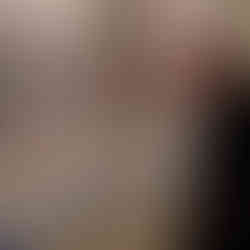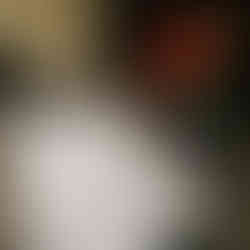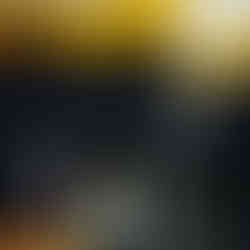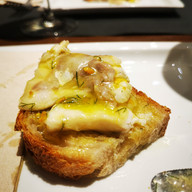friûl + alto adige, OCT 2025
- matilde tomat

- Oct 21
- 4 min read
sott’osservazione | oltre il disegno reflections
Returning to my land this October, I wanted to inhabit it differently. I didn’t want to be swallowed by the pace of visits or the old magnetic pull of familiarity. I wanted to carve out time that was deliberately mine; pauses between encounters, small pockets of solitude amid the density of return. Seeing friends I hadn’t seen in years carried its own tenderness, but also a recognition of distance: we have all shifted slightly on our axes.
What struck me first was the air. The smell of wet stone after rain, the heaviness of salt in the morning, the way light moves differently here: less filtered, more direct, almost tactile. There is still a resonance between my body and this landscape, something pre-linguistic that stirs as soon as I arrive. And yet, I felt an undercurrent of dissonance. Places I thought immutable had been altered or erased. The familiar geometry of certain corners had dissolved. I could not recognise pavements, shops, houses. It wasn’t simply urban change: it was perceptual. I could not find again what my memory insisted should still be there.
That absence became a kind of mirror. It showed me how much I had changed. It’s not that I’ve left Italy; it’s that I now occupy a perceptual distance from it. I see its gestures, its ways of speaking, its undercurrents of affection and guilt, with an awareness I couldn’t have had before. In daily encounters, I kept noticing a peculiar transaction of affect, what Eric Berne would have called the Critical Parent state disguised as kindness. In shops and small establishments, interactions came layered with insinuations of guilt, as if every purchase demanded not only money but emotional compliance. The tone is subtle, often masked as care, but its structure is moralistic. Everything is transactioned as an effort. It's heavy. It's relentless. It leaves you with a sticky bitterness in the back of your throat and no clean boundary between self and other. You walk away having paid twice: once in currency, once in energy.
That sense of porousness, of blurred edges, became central to my reflections during sott’osservazione. The performance unfolded in a charged space, not theatrical but participatory: a field of gazes and gestures. While I was immersed in the act, someone approached and moved a handful of hair from my face. It was such an intimate movement, which fractured the boundary of the performative field. In that instant, the line between observer and observed collapsed. I felt the intensity of being touched by the single and the collective, physically and symbolically. It was both violation and connection: a condensation of the very tension I was exploring: where does the body end and the world begin? I have started looking at the questionnaires, and more to come about the results!
In that sense, sott’osservazione became more than performance; it became a microcosm of cultural embodiment. It showed me how different societies choreograph proximity, permission, and touch. The act of observation here is not detached but participatory; the gaze reaches out, it interferes, it rearranges.
Still, my first thought here is for the organiser Monica Martinel of SPACE-1999, the improv group P.SPACE led by Noemi Marchesini, Renato Olivari, Stefano dal Brun and all people who showed up and engaged with me and the event. Thank you & grazie mille!
Then, in oltre il disegno, that dynamic transformed. The workshop opened a space of reciprocity rather than exposure. We moved from being looked at to looking with and within. The women who joined brought courage and openness; they accepted the invitation to explore drawing not as representation, but as encounter, between hand, material, and perception. What emerged was not a series of artworks but a series of states of attention.
There were moments of silence where you could almost hear the graphite thinking. The act of drawing became a threshold practice, a way of touching the invisible with the visible hand. I witnessed participants letting go of the compulsion to produce and entering instead into a dialogue with the process itself. That mutual learning [teacher and learner oscillating] is what I hope to cultivate further. It’s where paleophenomenology lives: in the cracks between gesture and awareness, in the subtle awakening of perception as event.
Leaving Italy, I carried a sense of gratitude but also clarity. This land still resonates through me, but I no longer belong to it in the same way. Its textures remain inscribed in my sensorial memory, but my gaze has changed direction. There is a quiet peace in knowing this: that belonging is not possession, but relation. My coming and going... there is something sacred to me about the act of moving itself: the hours spent in transit, the long corridors of airports, the rhythmic hum of trains crossing regions, the stillness of being between places. It’s as if movement suspends identity for a while, making space for the quiet observation of one’s own becoming. I often feel most at home when the ground is not fixed beneath me: the small tray table, the view of clouds, the slow drift of thought at thirty thousand feet. These are moments of pure in-between-ness, where I can watch myself travelling through memory as much as geography.
The work continues through the traces left in others, and through the lines and marks we keep drawing, each one reaching beyond itself, oltre il disegno.
onwards + upwards,
mx

































































































That your work guides folk to the letting go of their "I can't draw" belief and to the taking up mark making tools and draws them into do mark making as process is the best sort of magic in this human world. I'm listening to Ella Al-Shamahi speaking to Krishnan Guru-Murthy and thinking of you and your futureful work